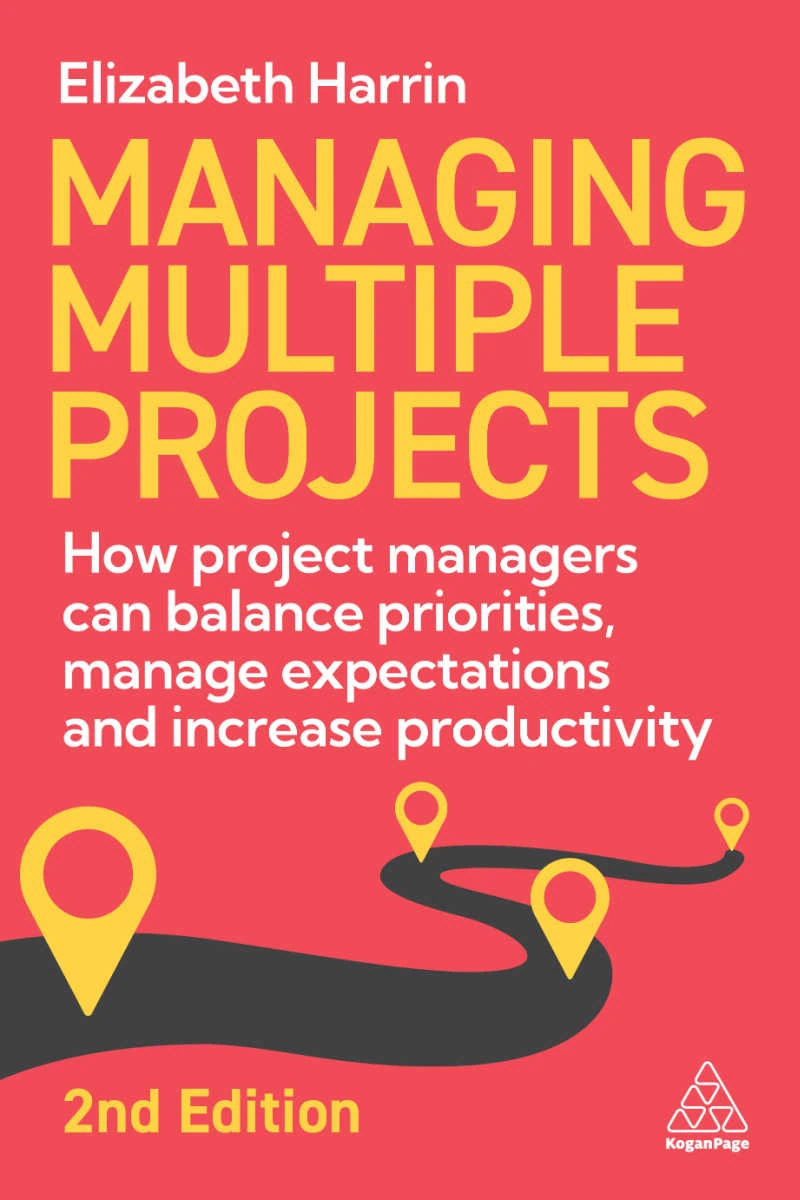Build a PPM and ERP compatibility test

This contribution to Software September comes from Neil Stolovitsky, who writes about factors to consider when linking your project management software to other enterprise systems.
Evaluating the integration between your PPM software and your existing ERP system requires that your organization incorporate the right criteria and questions that will ensure there is a good integration fit between both applications. A high level mapping exercise is necessary to help guide the line of questioning required to effectively evaluate the integration compatibility of both systems. Here are some questions organizations should consider when evaluating the integration between PPM and ERP systems.
1. What level of project costing detail is required from each system to add value?
Every organization has varying degrees of costing details required for their project stakeholders to make informed decisions and associate the funds to the appropriate parties. The integration platform needs to support the financial structure of the organization it serves.
2. What types of integration options are available? Import/export, batch process, or real-time?
Regardless of an organization’s needs it is important to identify what types of options are available so that the solution can scale with its changing needs. Furthermore, multiple integration options can provide the flexibility in delivering a solution that will fit within your budget.
3. Does the integration platform support bi-directional and the one-way exchange of data?
In addition to flexibility and meeting your integration budget, defining how data needs to be exchanged will reduce the chances of future issues in support and maintenance that can occur with an unnecessary and/or over complex integration solutions proposed to meet your needs.
4. Does the integration technology support both client-server and cloud platforms?
Systems need to have the flexibility in functioning and integrating with different types of technology. The best systems deliver an integration platform that can adapt to many environments (including legacy systems that may be core to the business)
5. Do the integration options provide connectors for your ERP and potentially other systems?
Vendors that provide connectors to other third-party systems typically confirm experience in delivering successful integrations. Connectors also will reduce the effort and cost involved in building integrations from scratch.
6. What expertise do the vendors have in addressing integrations for your industry?
Vendors with industry expertise should be able to convey the unique challenges and best practices organizations similar to your business face. This expertise will ensure that the best steps are taken in building a tight integration between both systems.
7. What type of technology is utilized for integrations? Web services, APIs, ODBC, third-party platforms?
Having a clear understanding of the employed technology options can mean the difference between a quick and seamless integration and a pricey and clunky solution. Multiple options offered up by a vendor will allow your organization to select the best route to success.
8. Can the vendors provide estimates of effort and costs to deliver your requested integration?
Experienced vendors will be able to give you a ball park of the effort and costs involved to deliver multiple options towards a successful integration between your PPM and ERP systems.
9. Can your PPM vendor provide you with post integration support?
Once the integration is complete it is important to have the option to establish an SLA or support agreement to ensure the continued success of the integration project. This support agreement should also include documentation of what has transpired and the knowledge transfer of the project to your organization.
10. Can your PPM and ERP vendors provide customer references to validate the success and pitfalls of proposed integrations?
Nothing will reveal more about the outcome of the integration than speaking directly to a customer to validate the capabilities and results delivered by the vendor and the employed integration technology.
Asking the right questions will reveal a lot on what each system can deliver. Integrations are never as simple as they may appear and a big part in successfully making two systems effectively speak to each other is to plan for both the good and bad realities that can result from this initiative.
About the author: At the time of writing, Neil Stolovitsky was a Senior Solution Specialist at Genius Inside.

